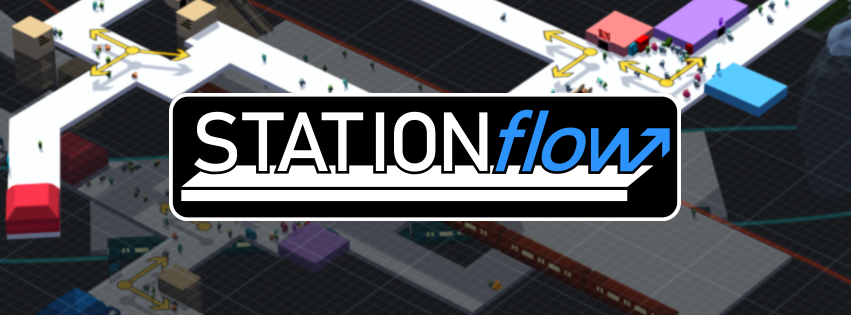
Building a subway system has been done as a game before. Mini Metro managed to pull it off with a colorful, minimalist system that ended up being challenging and fun to play. But the developers over at Tokyo-based DMM Games obviously thought that things could go further and came up with something a bit more complex and with more of a simulation and management theme. STATIONflow is a game of designing subway passages for people to get from place to place. The trains are already there, the exits and entrances are in various places and it’s your job to make sure everyone can find the parking garage or get coffee. It sounds tedious and simplistic but it’s definitely not! The basic tutorial guides you through the most basic parts of STATIONflow, showing you how to place corridors and signs, stairways and multiple directions. But things get tougher fast with a multitude of entrances and exits and a web of human traffic so dense that by the time you get things moving, it’ll look like Grand Central Station on your monitor!
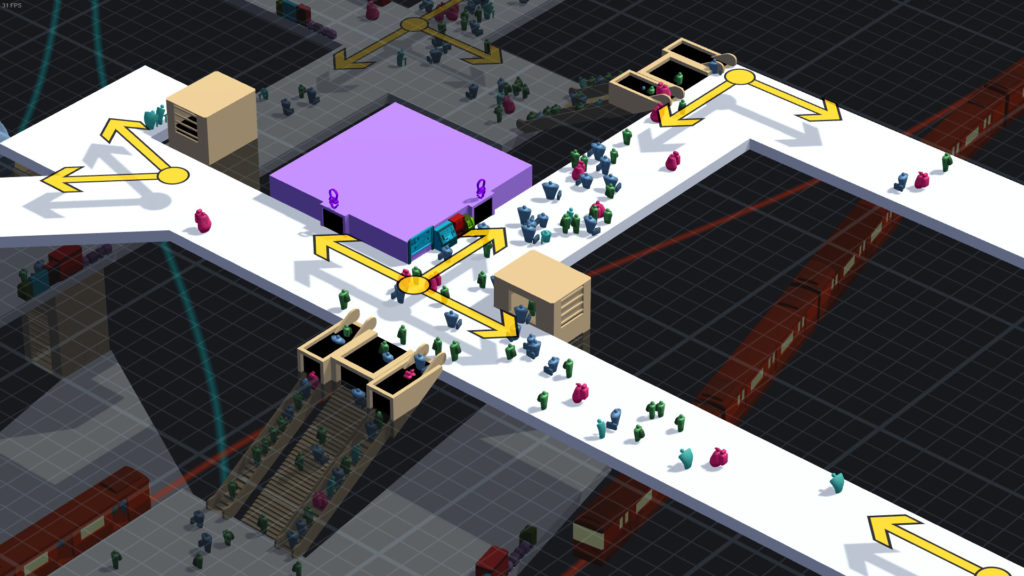
Visually, the aesthetic of STATIONflow is minimal. People are just little meeples that express their displeasure and needs with cartoon bubbles. The passages are just basic shapes and everything has a clean, simple feel to it. That’s a necessary design element though. Too much detail here and it would be impossible to focus with all the people rushing back and forth, the multiple levels of travel required to reach certain areas of the station, and the constant needs of the commuters that need to be quelled.
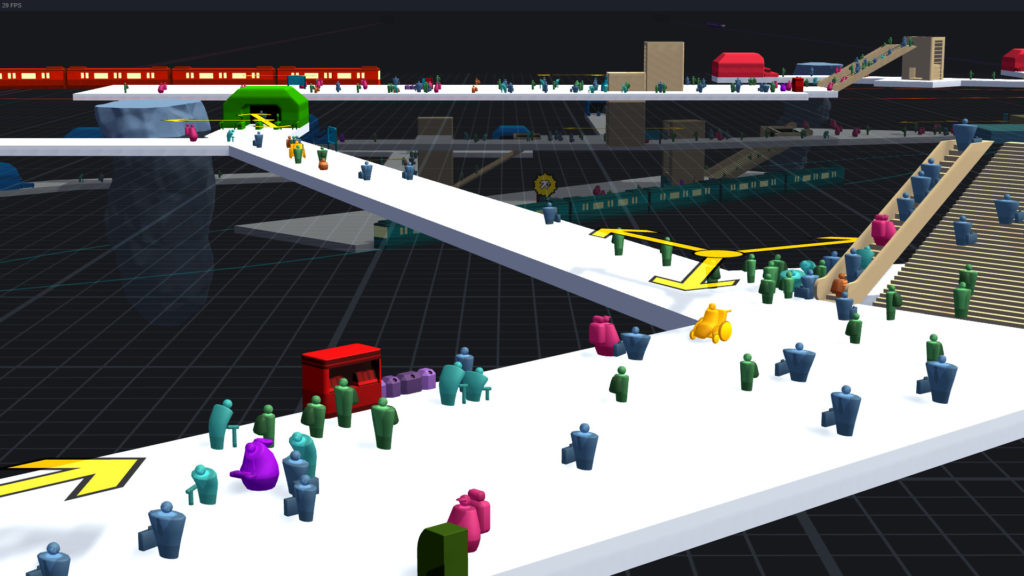
It’s fun to build the passageways and surprisingly gratifying to see things actually work once you’ve designed them. Likely, you’ll curse the occasional irritated commuter that angrily shouts about sign placement and sucks money out of your daily total. I know I did. But screw something up worse and there will be a crowd of angry passengers howling for your blood (not literally) and it’s more than a bit stressful. Things go from calm and cool to raging infernos of trapped people with a single mistake. Sure, you can fix it, but you might lose too much money too fast and have to take a loan out to keep afloat. Loans are available from the get go, but you won’t need them at first.
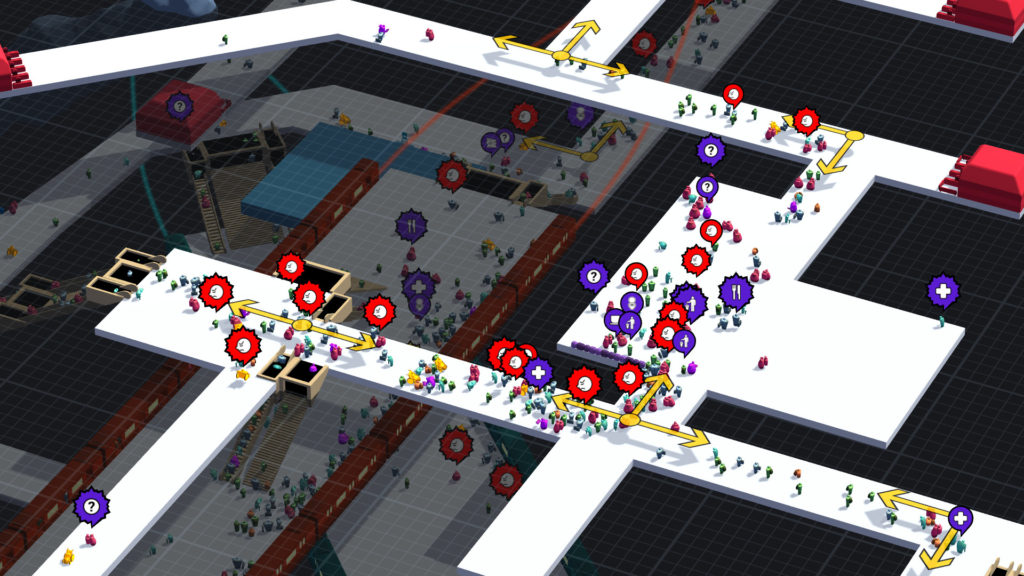
STATIONflow is an interesting game and it’s fairly complex. That complexity is both a draw and a disadvantage though, as the tutorial is vague on exactly how to use some of the tools available to you later on and you’re left just figuring it out. That would be all right if that was the only issue, but there’s also the matter of controls. Simply put, STATIONflow isn’t very intuitive. The controls look like they’d do what you think they would, but little things such as not having click/drag on the mouse or having to grab a new corridor in a certain spot to move it and grab right next to that spot to spin it around add up to a fair amount of frustration as you’re fighting the controls to move about.
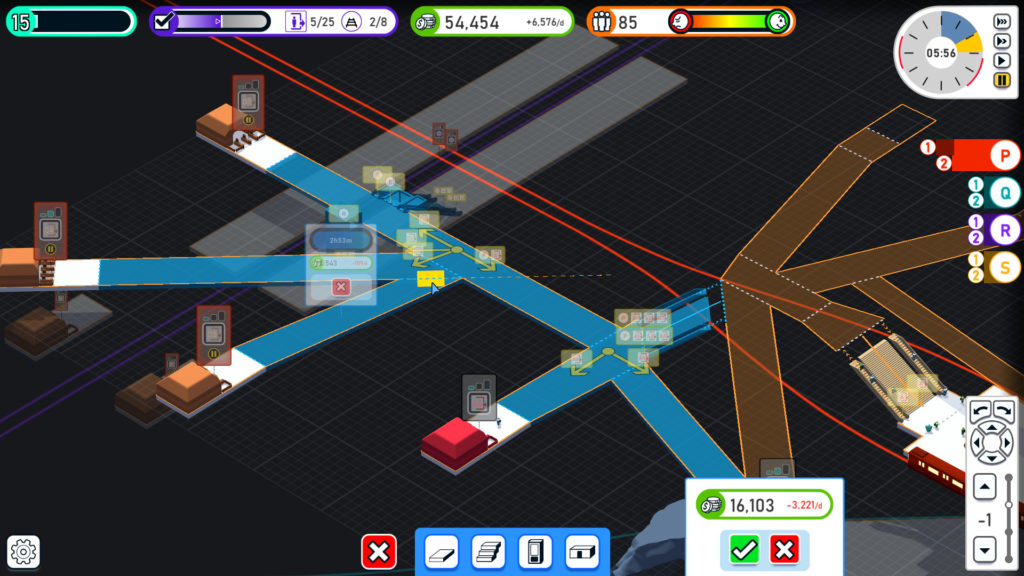
Eventually you’ll figure out that WASD pans the camera and there are plenty of other hotkeys available, but for a modern game, the controls are not at all intuitive, especially if you’re expecting the mouse to control more. It’s hard to see what’s going on with individual items and paths unless you zoom in as well, and then you easily lose perspective on the general sense of flow that you’re trying to maintain. Nothing is easy to do, and the only way to really get things moving is to practice and get frustrated over and over. The music doesn’t really help either, as it’s a constant pervasive loop of somewhat soothing music that can end up grating after a while.
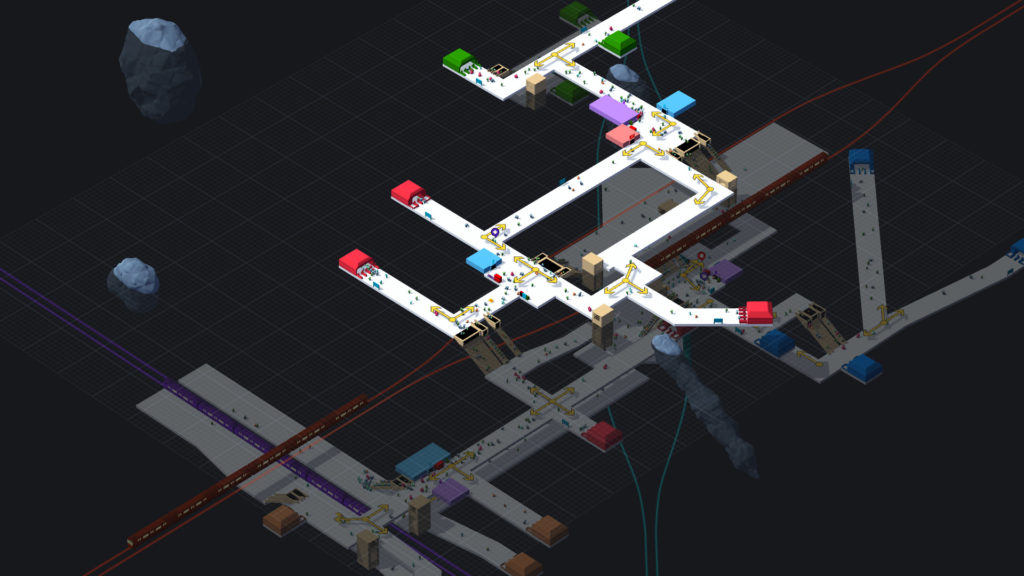
Once you do finally manage to get the hang of STATIONflow, it can be really fun, but management sims aren’t for everyone and this is a fairly minimal experience. There’s no storyline, no goal other than getting people where they’re going, and the game kind of feels as much like work as fun. If you really enjoy it, you might be suited to civil architecture! This isn’t exactly a genre-breaker in terms of simulations, but it’s a solid entry and it can be just as challenging and frustrating as real-life. In that sense, it’s a wild success! However, if you’re not into simulations, this isn’t a good starting point, and if you are, chances are you’ve probably heard of it already.
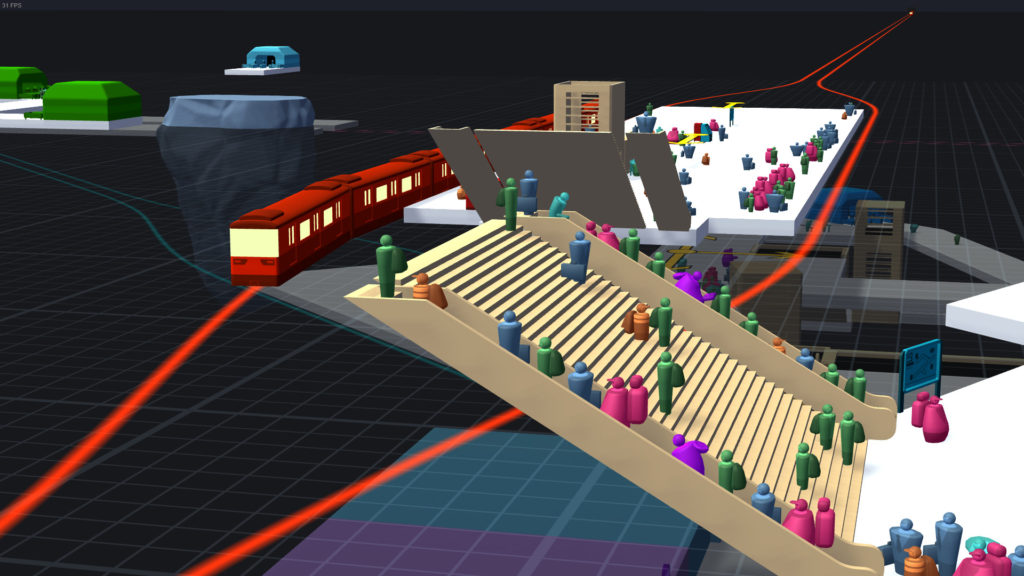
That’s really all there is to STATIONflow. Design your station piece by piece as you slowly become more adept at utilizing the interface more effectively. Redesign it as the need arises for new commuters and try not to panic when everything falls apart because some new demand appeared that you weren’t prepared for. Then keep going. As complex management sims go, this is a solid concept, but it’s not a game changer and the $18 price point might turn off some players. On the other hand, the game doesn’t really crash, it runs smoothly, and it’s a polished experience overall, so it’s not a piece of cheap shovelware either. If you’re on the fence, wait for a sale, but if you’re a sim junkie who likes clean lines and a challenge, STATIONflow might be the game for you.
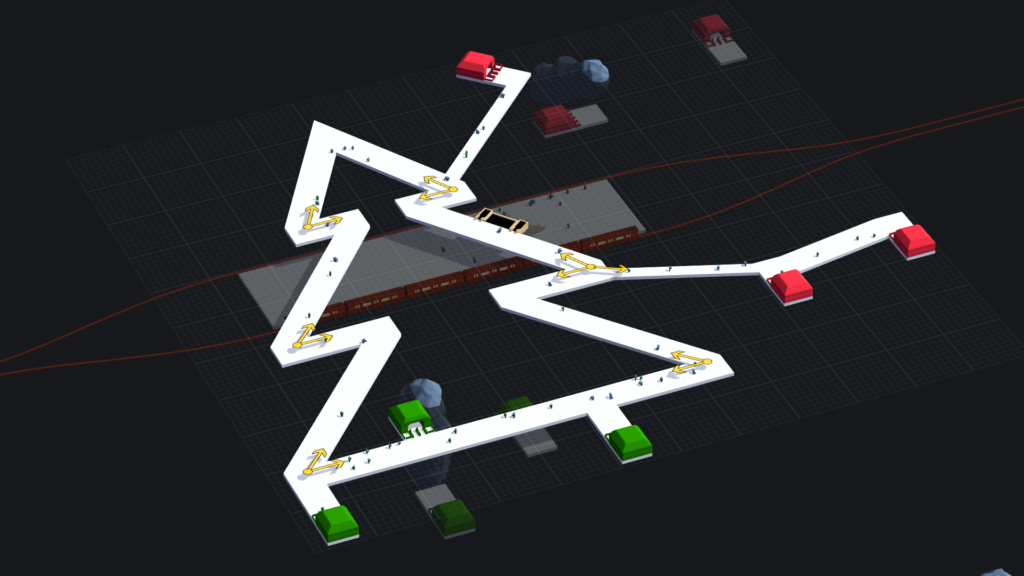
This review was based on a digital copy of STATIONflow provided by the publisher. It was played on a gaming PC.

